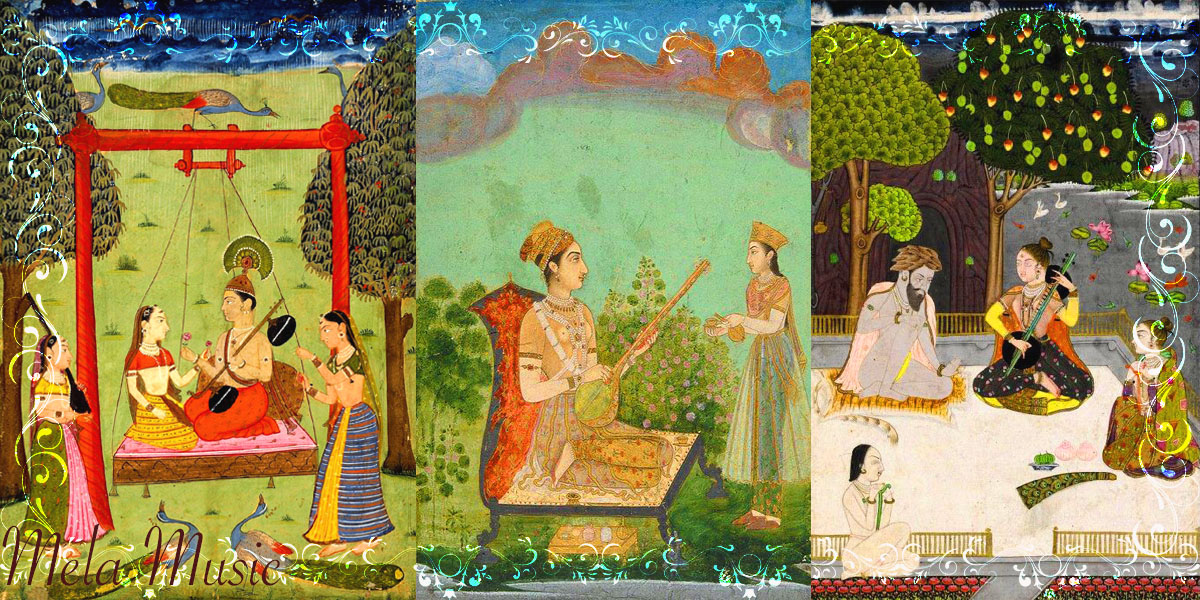
Raga Gaud Sarang is a beautiful and captivating raga in Hindustani classical music. It is classified under the Sarang family of ragas and is often performed in the late afternoon or early evening. Gaud Sarang is known for its melodic sweetness, rich ornamentation, and expressive nature.
The raga derives its name from its association with the ancient kingdom of Gauda (present-day Bengal) and the Sarang family of ragas. It is believed to have evolved from the folk music traditions of Bengal and has been assimilated into the classical music repertoire.
Gaud Sarang is characterized by its distinctive melodic phrases and ornamentation. The use of gamakas (graceful oscillations), meends (glides), and kan swaras (grace notes) adds beauty and embellishment to the rendition of this raga. The melodic movements are intricate and delicate, creating a sense of charm and enchantment.
The mood of Gaud Sarang is typically romantic and devotional, evoking feelings of love, longing, and spiritual yearning. It allows for deep emotional expression and provides a platform for improvisation and creativity. Musicians explore the various melodic patterns and embellishments within the framework of the raga, infusing their own artistic interpretations.
Gaud Sarang has been widely appreciated and performed by classical musicians. It offers a melodic richness and versatility that allows for a range of expressions. Compositions in Gaud Sarang are composed with careful attention to its melodic characteristics, capturing the essence of the raga.
In conclusion, Raga Gaud Sarang is a melodic and expressive raga belonging to the Sarang family. It combines elements of folk music with classical aesthetics, creating a delightful and enchanting musical experience. The raga’s distinctive phrases, ornamentation, and romantic mood make it a favorite among musicians and listeners alike. Gaud Sarang holds a significant place in the classical music tradition and continues to captivate audiences with its beauty and emotional depth.
